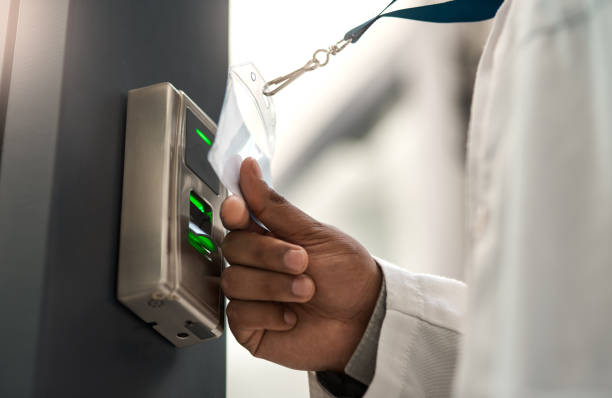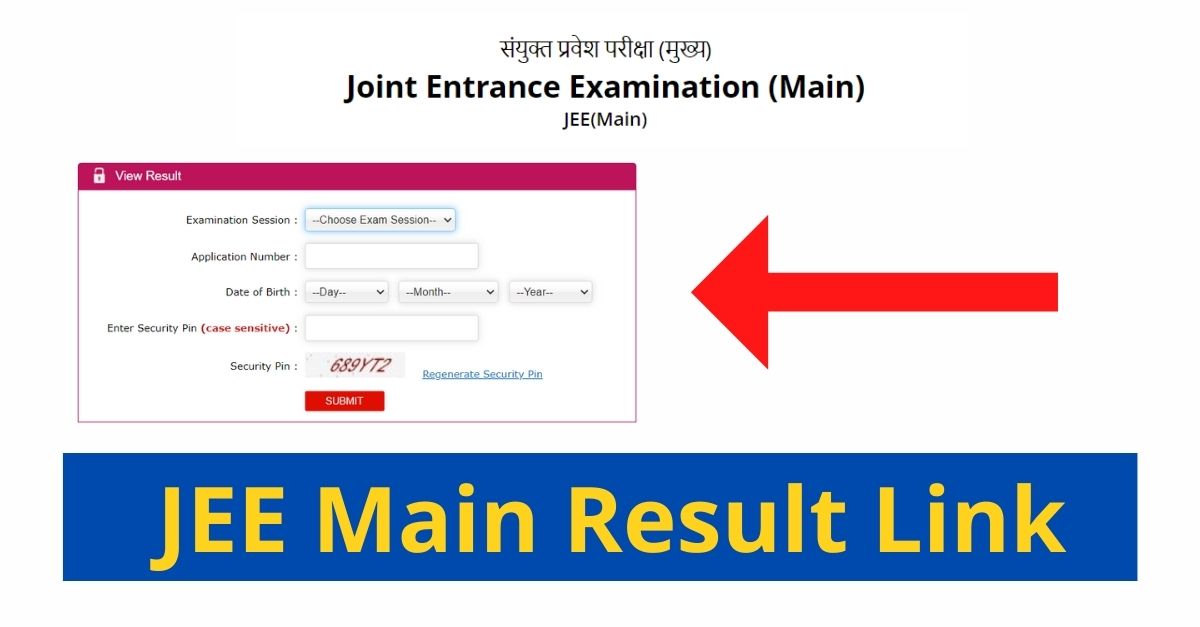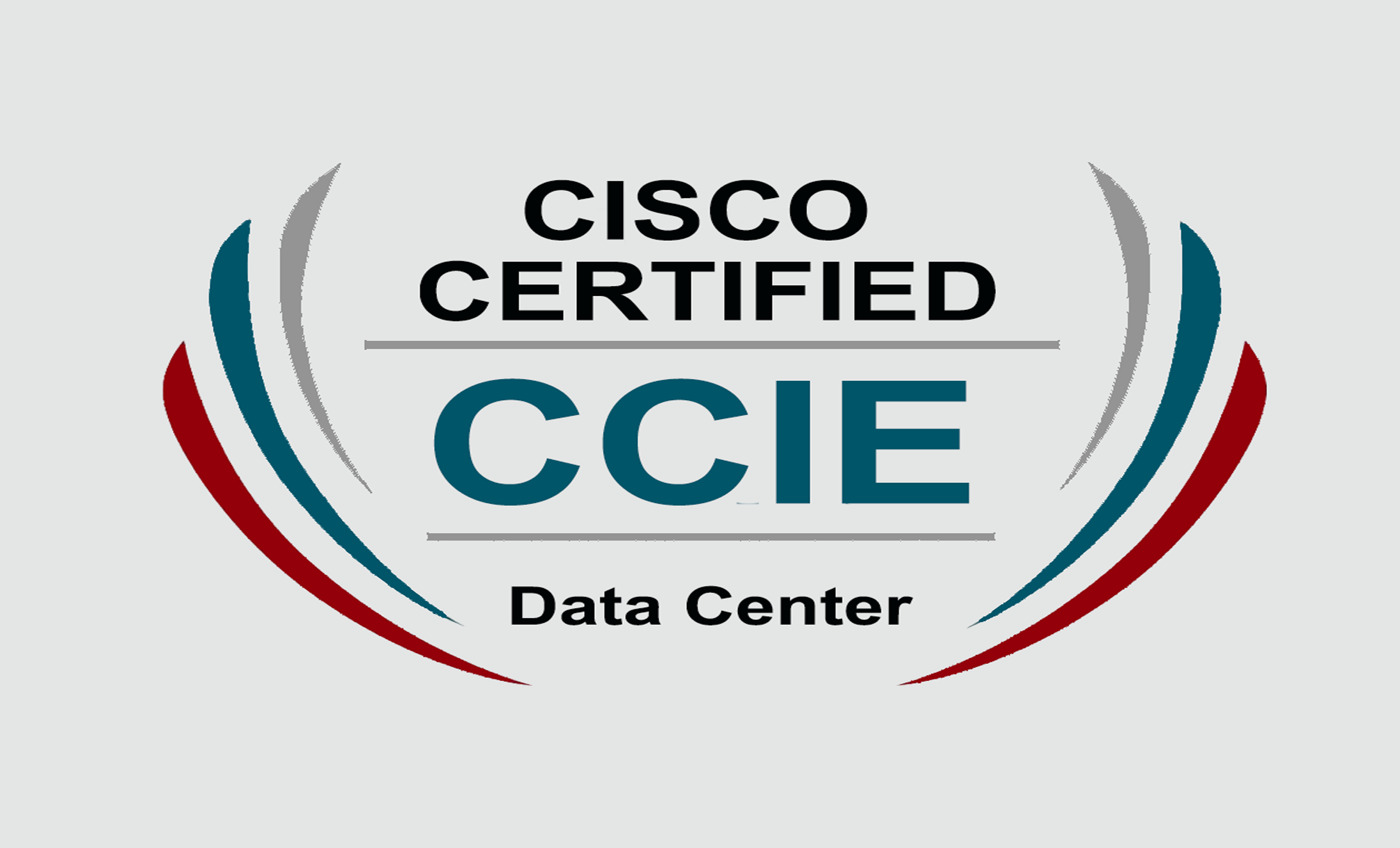When installing access control systems, there are various devices to choose from. Therefore, it’s up to you to choose the one that meets your access control solutions. Without a doubt, the types of access control readers in use affect how the access control system functions.
Thus, knowing when and how to use various readers is essential to the overall access control design.
In that case, what are some of the most popular types of access control readers that companies should consider when purchasing or upgrading their access control devices? Please read on for comprehensive insights.
What Are Access Control Readers?
Access control readers are devices that recognize whether users have proper authorization to access a location, room, or building.
They are commonly used in large construction, manufacturing, educational, and commercial facilities to make sure only authorized people have access.
In addition, the access control reader also denies unwanted individuals access and thereby prevents criminal activities.
Major Types Of Access Control Readers
There are different types of access control readers, and each comes with a unique set of features. Here, let’s look at some of the most popular types of access control readers and discuss their pros and cons.
Keypad Readers
Keypad entry, like those produced by Sesamsec, is one of the oldest concepts that everyone is conversant with in this age. The user keys a unique code to unlock an entrance with this type of reader. The code, much like key card scanners, causes a denial or approval of entrance based on some pre-saved credentials.
PINs, like key cards, can compromise security measures since they are simple to give away, guess, or copy.
However, given that they do not require employees to have an actual key card to enter, some firms believe keypad readers to be efficient and useful for their workforce.
Pros
- User Friendly
Using keypads to control access is user-friendly since it doesn’t require one to carry cards or keys. Once you get to the entrance, you only need to recall the passcode and key it in.
- Budget Efficient
When using keypad readers, you don’t need cards or keys. As a result, the organization saves a lot of money that could have gone into processing cards and keys for all the stakeholders.
Disadvantages
Keypad readers are easy to use, but they have shortcomings that include:
- Being Easy To Forget
Keypad reader users rely on their memory to recall the passcodes. Unfortunately, if an authorized individual forgets their PIN, the system will deny them access.
- Can Easily Be Given Out
The use of keypad readers to control access is as credible as those with the passcode. Unfortunately, the passcode can easily be given either willingly or under duress. This would definitely compromise the organization’s security.
Card Readers
Access control key card readers typically come in two varieties: magnetic and proximity.
With magnetic card readers, you need to swipe it in a physical card reader.
On the other hand, proximity card readers use radio frequency identification (RFID) to read the data stored in a card from a distance.
All the same, you need to carry either of the cards with you to gain entry. The organization can view which card was used at which entry at a given time.
Pros
- Easy to carry
The cards are easy to carry around for identification. You can place them inside your wallet or purse.
- Easy to Regulate Authorization
Every user has a unique code that identifies them. As such, it is easy to set who accesses which part of the property. Also, it is easy to revoke permission from one individual without affecting the other users.
Cons
- Vulnerable To Theft
These cards are prone to identity theft by copying the information stored in magnetic strips/chips. In addition, a user may lose the card, which would increase the chances of security breaches.
Fingerprint Readers
Each person’s fingerprints are unique, and they are some of the most accurate identification methods. On the other hand, one doesn’t need to carry or remember anything. All you need is your finger.
Pros
- Easy To Use
Since you only need to place your finger on the reader, the system is user-friendly. You don’t need to carry cards or remember passcodes.
- Fast
Fingerprint readers are fast and process the biometrics in record time. As such, you get access without much delay.
Cons
- Higher Chances Of Fraud
One downfall of fingerprint readers is that they can easily be misused or copied. Consequently, this opens a freeway for fraudulent activities.
Conclusion
Every type of access control reader has benefits and drawbacks that might impact its usefulness in specific contexts. Before installing any system, it is recommended to give it careful thought and get professional guidance. Finally, your choice will significantly impact your capacity to operate in space and your security.























